It's the end of another interesting year. I've been going out on shorter trips for the last two months since the last newsletter in October. I've been posting backcountry cabins lately for some reason.
As usual, I've tried to post all my trips from this year, but unfortunately, that didn't happen. More to come.
New Trips
Riley’s Camp
Possibly one of the most well-known backcountry cabins in the Mojave National Preserve is Riley’s Camp. John Riley Bembry was born on February 5, 1899, in Arapaho, Oklahoma. He preferred to be called Riley instead of John because he found it more distinctive. After serving in World War I as
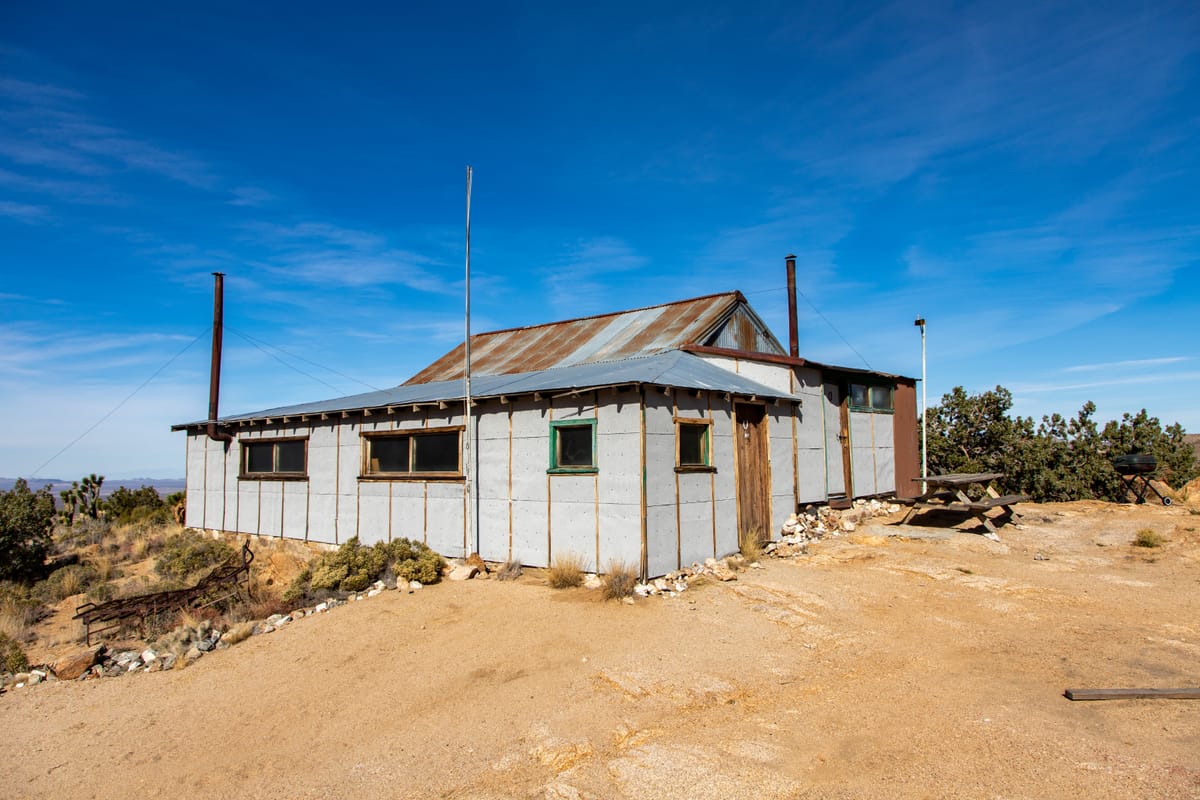
Geer Camp
Geer Camp is one of my favorite places in the Mojave National Preserve. It is a small and cozy cabin with a great view and makes for an ideal place to camp if you are in the area. Robert R. Geer built the small, one-room cabin in 1940 as a

Roger’s Camp
A restored mining cabin known as Roger’s Camp sits a little ways inside the Mojave National Preserve, with minor abandoned mine workings located just uphill. Maurice Mulcahy of Dagget first stumbled upon traces of silver, lead, and tungsten deposits in the early 1900s. Later, three shafts were sunk…
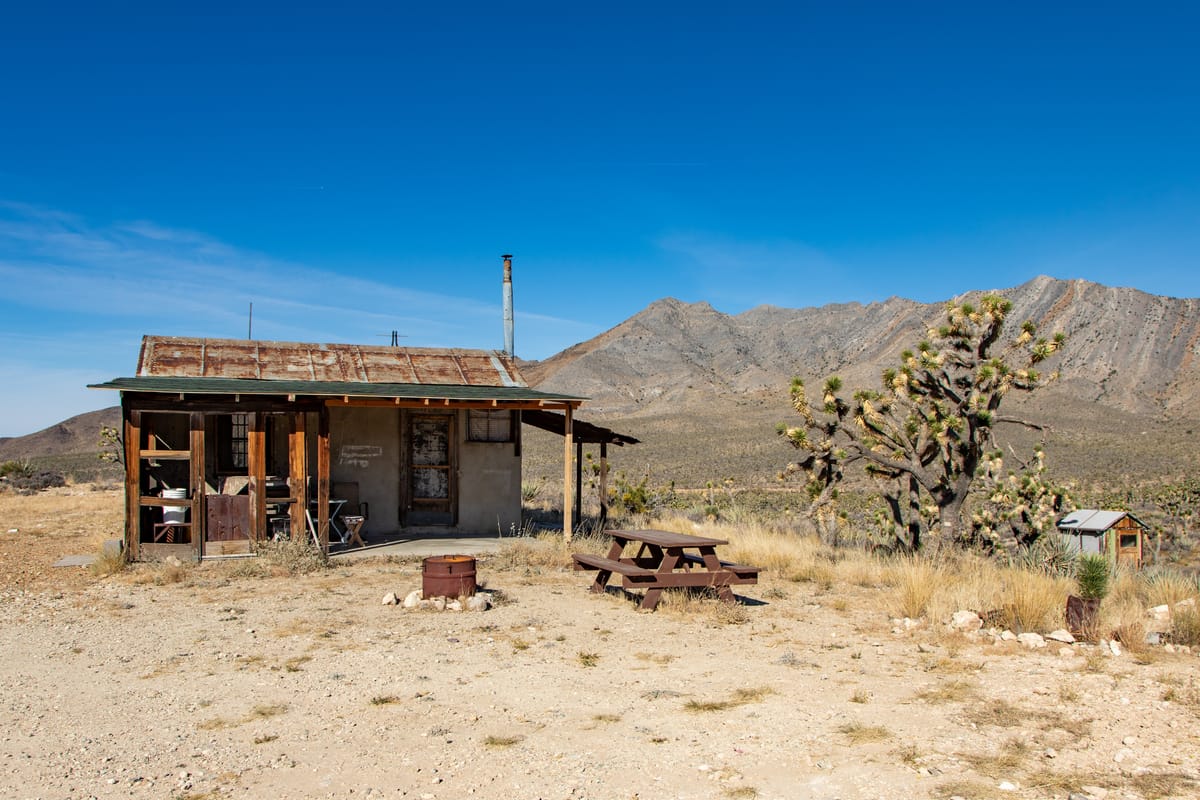
Wilbanks Cabin
The Wilbanks cabin in Arizona’s remote Kofa Mountains was homesteaded in the early 1930s by a young cowboy named Jack Wilbanks. He dreamed of having his own cattle ranch. In 1931, the abundant grass, perfect for grazing cattle, attracted him to the area. He acquired some existing equipment from anot…

Kofa Cabin
The Kofa Cabin is a rustic stone cabin located close to the northern border of Arizona’s Kofa National Wildlife Refuge. It was built in the 1930s to serve as a camp for the Civilian Conservation Corps (CCC) crews, who were tasked with building and improving roads, trails, and water guzzlers

Sacramento Wash Petroglyphs
Nestled in the far eastern reaches of the Mojave National Preserve and near the Mojave Road lies a hidden gem: the Sacramento Wash Petroglyphs. It is an easy sandy hike that leads to two large rocky outcrops where a hundred ancient rock carvings await. The petroglyphs are primarily abstract symbols
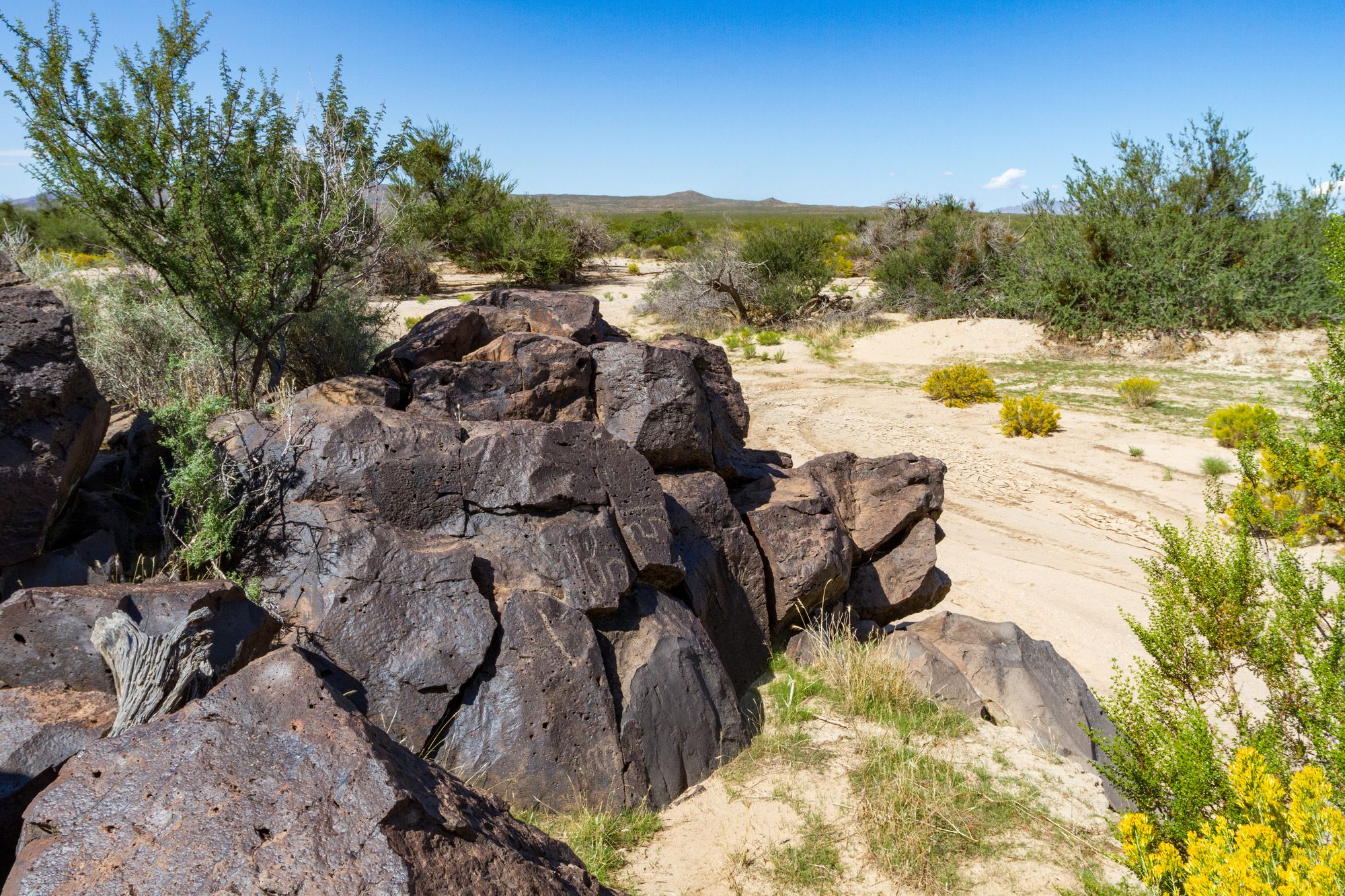
Updated Trips
Freightwagon Petroglyphs
It is a long and lonely walk into the wilderness of the Mojave Desert to get to this isolated petroglyph site. Most of the petroglyphs here are of abstract design, but a few are of figures and war shields. In a couple of places, you can see what appears to

A subscriber sent me some updated photos of the Golden Gate Mill that burned down.
Golden Gate Stamp Mill
The Golden Gate Mill is a neat site and relatively easy to reach. The ten-stamp mill got its ore from a 2,300 ft tramway that ran up to the mine. The gold mine was discovered in 1898 but wasn’t worked until around 1902 and probably peaked in 1913.

Top 10 trips of 2023
It's always intriguing to see what interests people the most on this site, so here are the most clicked-on posts of 2023:
Sagamore Mine Camp Ruin
The 2023 York Fire burned the camp. See below. The Sagamore Mine, also known as the New York Mine, was a silver, lead, copper, zinc, and gold mine. It was first discovered in the 1870s by Mormons who found rich silver veins in the foothills of the New York Mountains.

Surprise Tank Petroglyphs
We first visited the Surprise Tank Petroglyphs out in the Mojave Desert in 1998. We’ve stopped by a few times since then but didn’t really photograph the site again until 2009. We re-visited the site in 2013, 2018, and 2020. I wanted to get a few more photos

Tungstar Mine Tram
This very adventurous hike follows an old mining trail which led to the Tungstar Mine, a 1940s tungsten mine high on the western slope of Mt. Tom, the prominent 13,658-foot peak just west of Bishop. The trail was used in the early days of the mine to build a

Tramway Mine
This gold mine lives up to its name. The inclined wooden tramway is the most interesting thing here and makes this old mine worth visiting. Don’t be confused, though; it is not an aerial tramway but a railed inclined tram used to lower ore down from the mine to the
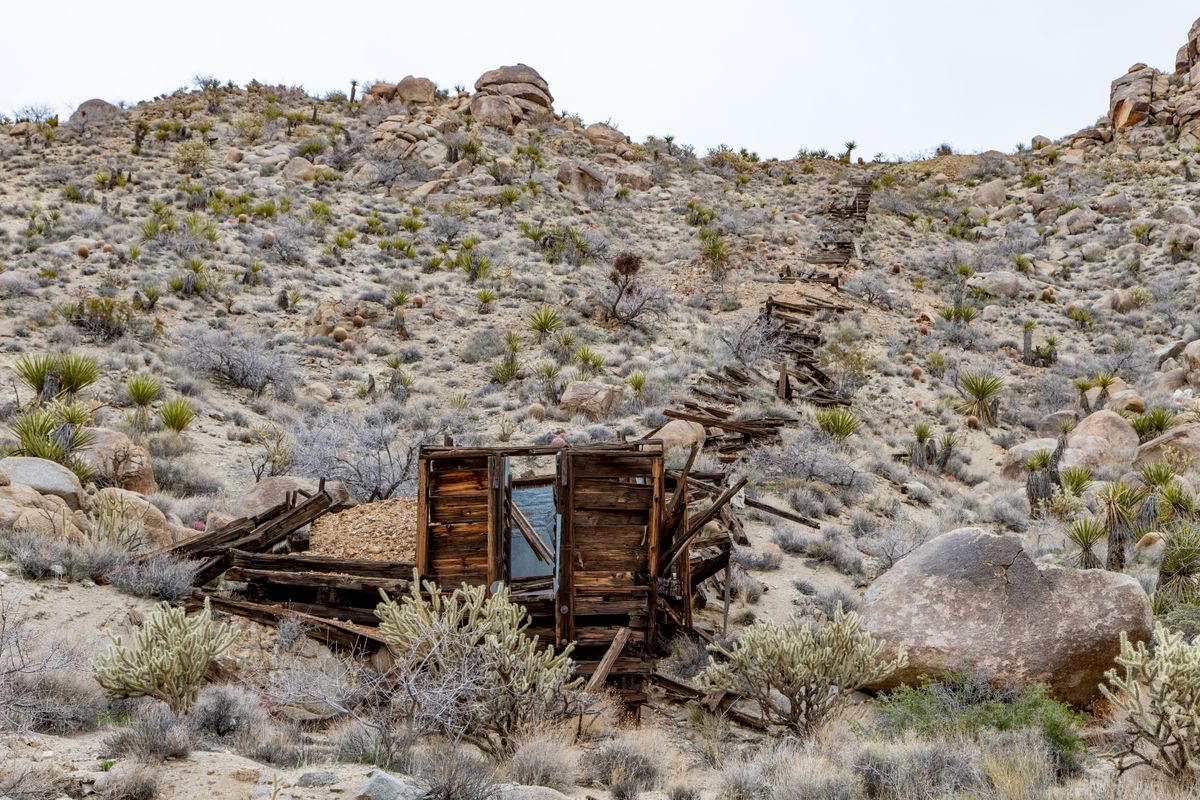
Morning Glory Mine (Death Valley)
The Morning Glory Mine is a neat little mine high up in the pinyon pines of Trail Canyon. It’s not easy to reach, so it doesn’t get as much visitation as other places in Death Valley. You really have to want to go there. And despite the long hike and
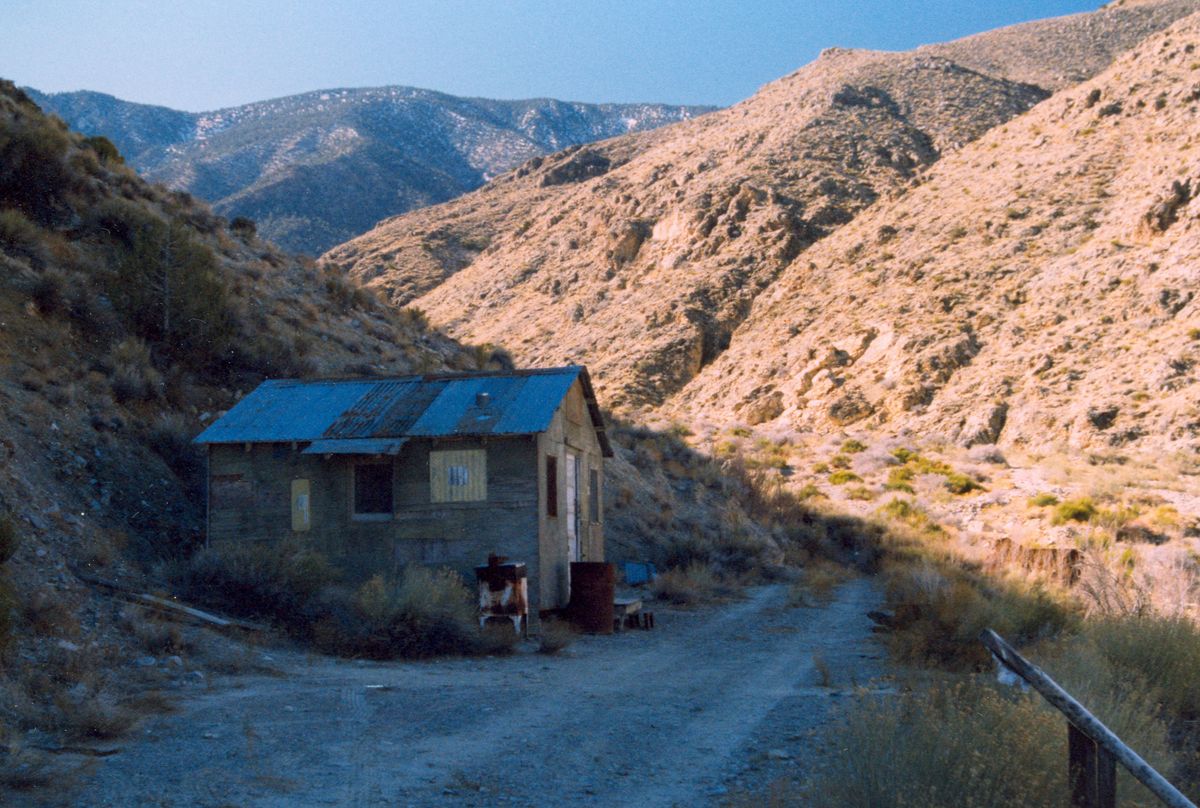
Hanging Valley and Tungstar Mines
In the late 1930s and early 1940s, surging worldwide demand for tungsten led to the opening of several tungsten mines in the High Sierra above Bishop. Two small but relatively high-grade ore bodies were discovered on the west side of Mt. Tom, which would become the Hanging Valley Mine and
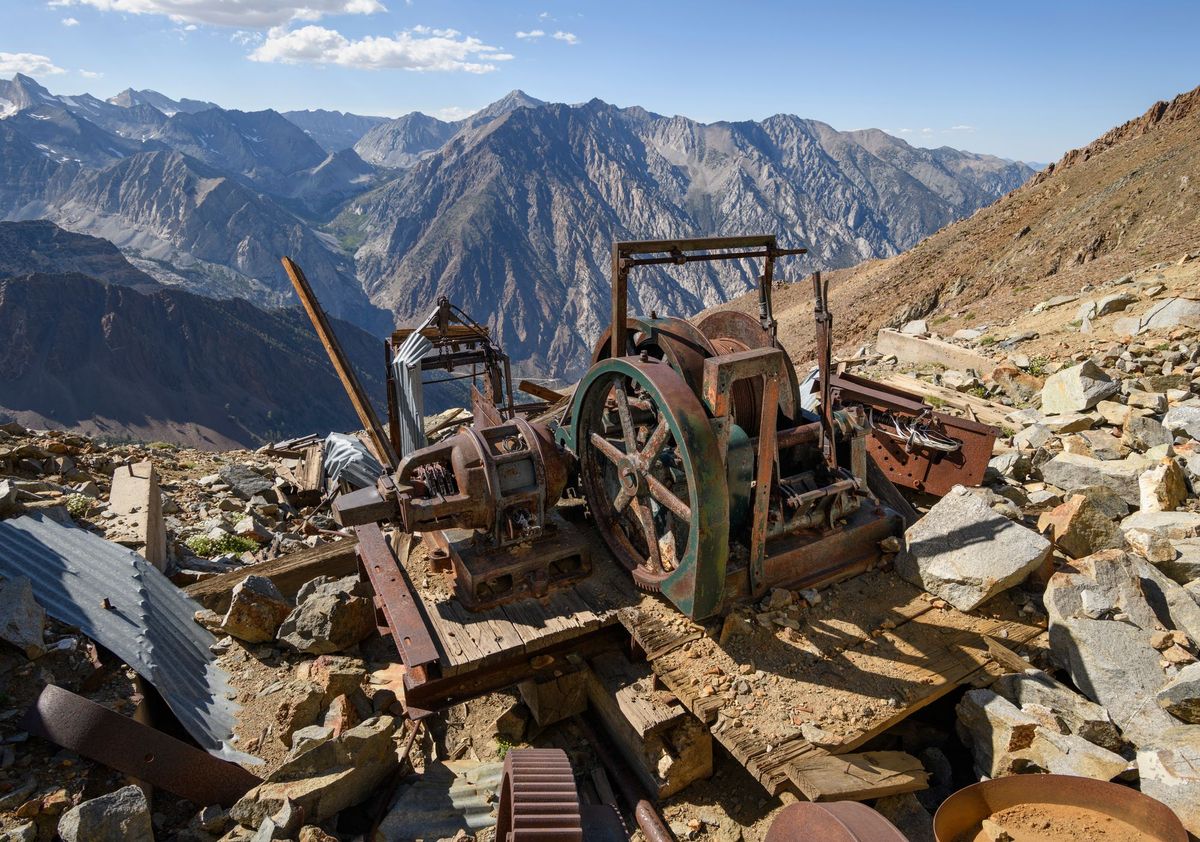
John’s Camp and the Boulder Cabin
In 1929, the Gold Hill Mine, comprising five claims about a mile west of the Pinto Wye Arrastra in Joshua Tree National Park, was owned by C.H. Wiser and Anvil B. Johns of Rialto, California, and J.A. Johns of San Bernardino. They set up John’s Camp nearby to
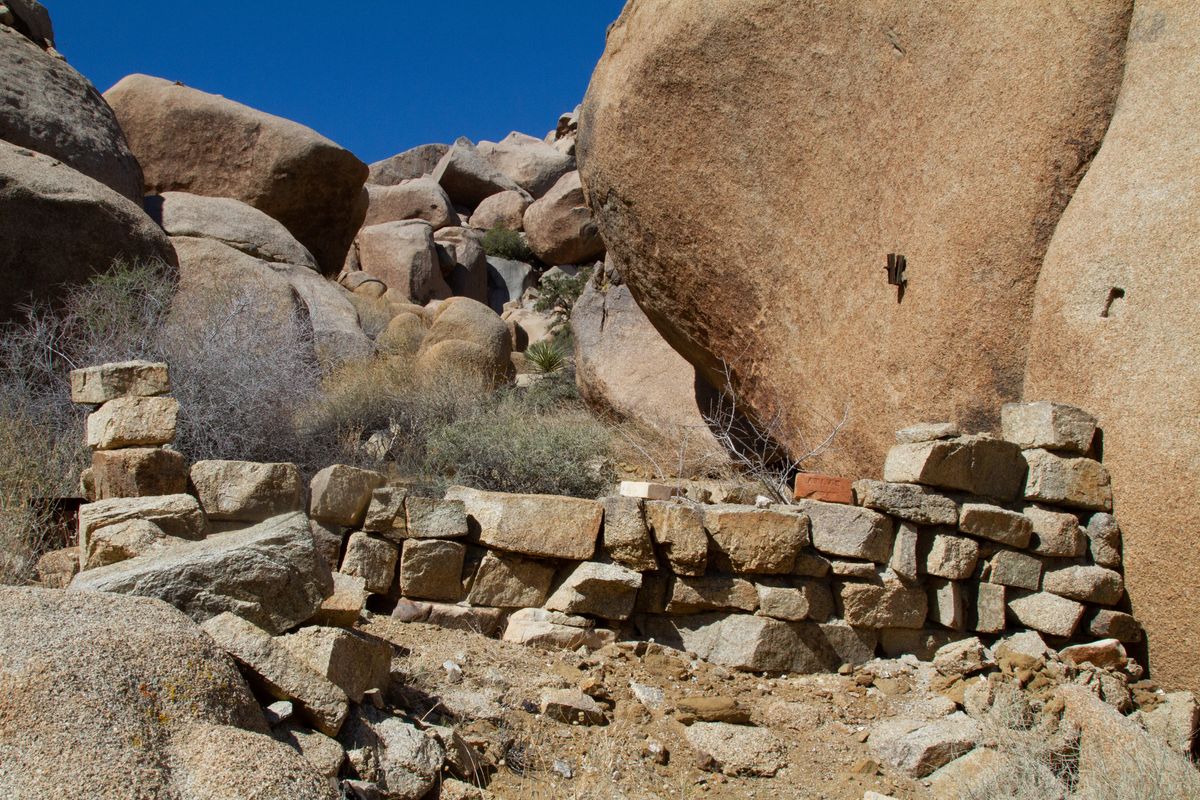
1932 Slot Canyon Petroglyphs
A good friend of mine gave me a couple of tips on where a set of petroglyphs was hidden in the heart of Joshua Tree National Park. I hadn’t heard anything about these petroglyphs, and I was definitely interested. He asked me to keep it’s location a secret though. After

Wall Street Mill
The Wall Street Mill is Joshua Tree National Park’s most intact remaining historic gold stamp mill. Finding a stamp mill like this is rare these days. I’m thankful the NPS has preserved it. Once owned and operated by renowned prospector and rancher Bill Keys, this two-stamp mill was
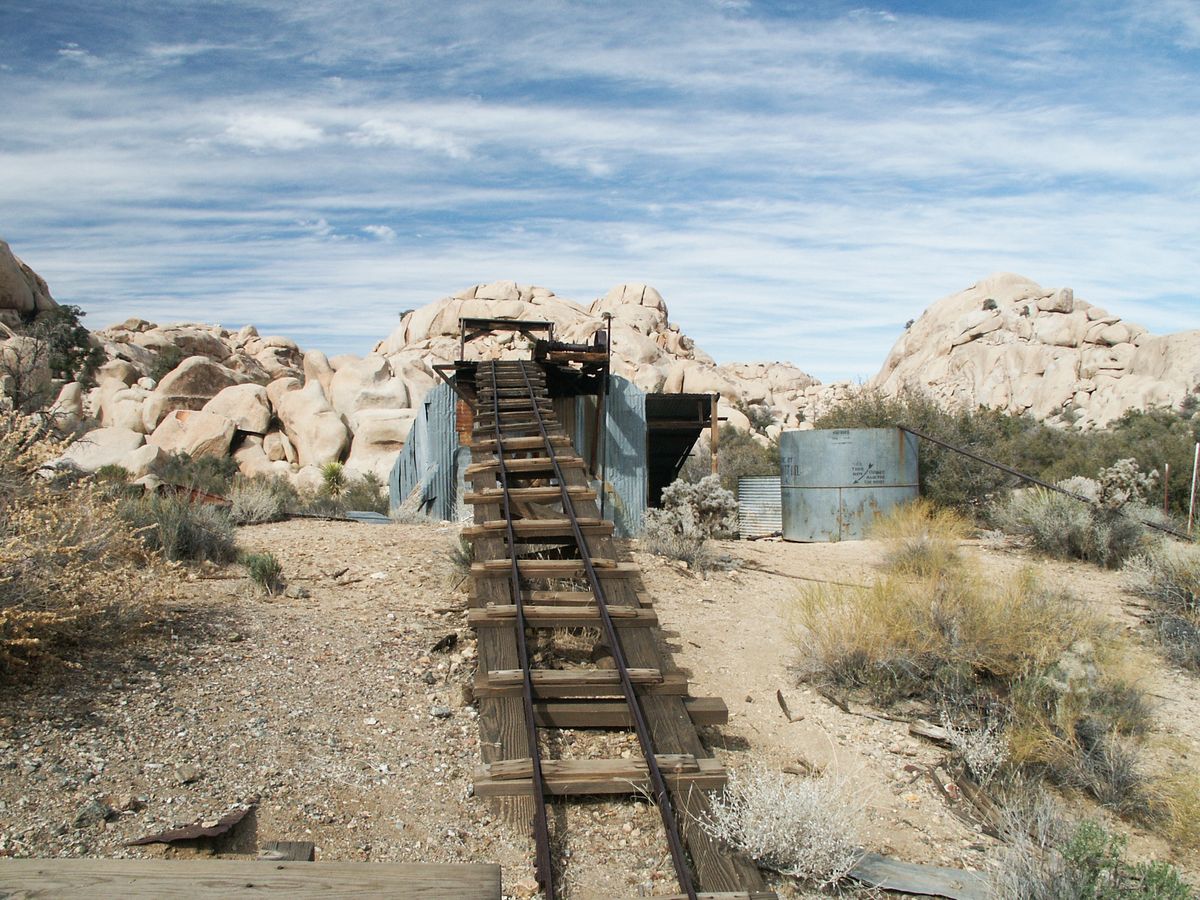
Hensen Well and the Pinyon Mine
This hike is an adventurous cross-country ramble exploring a few historic mining ruins of the seldomly-visited Pinyon Mesa country down the dirt Geology Tour Road in Joshua Tree. Few people venture out here, which is a shame as it is a neat area. The mines below were at the heart





